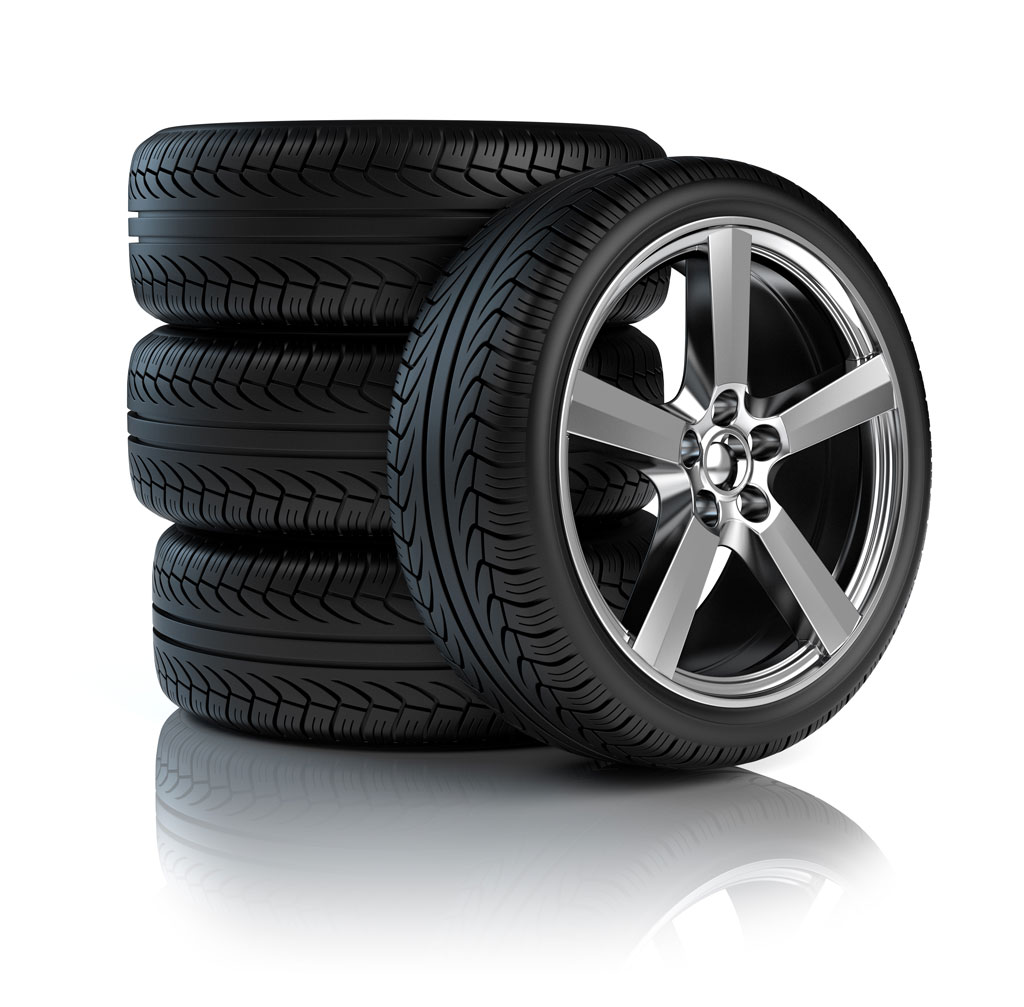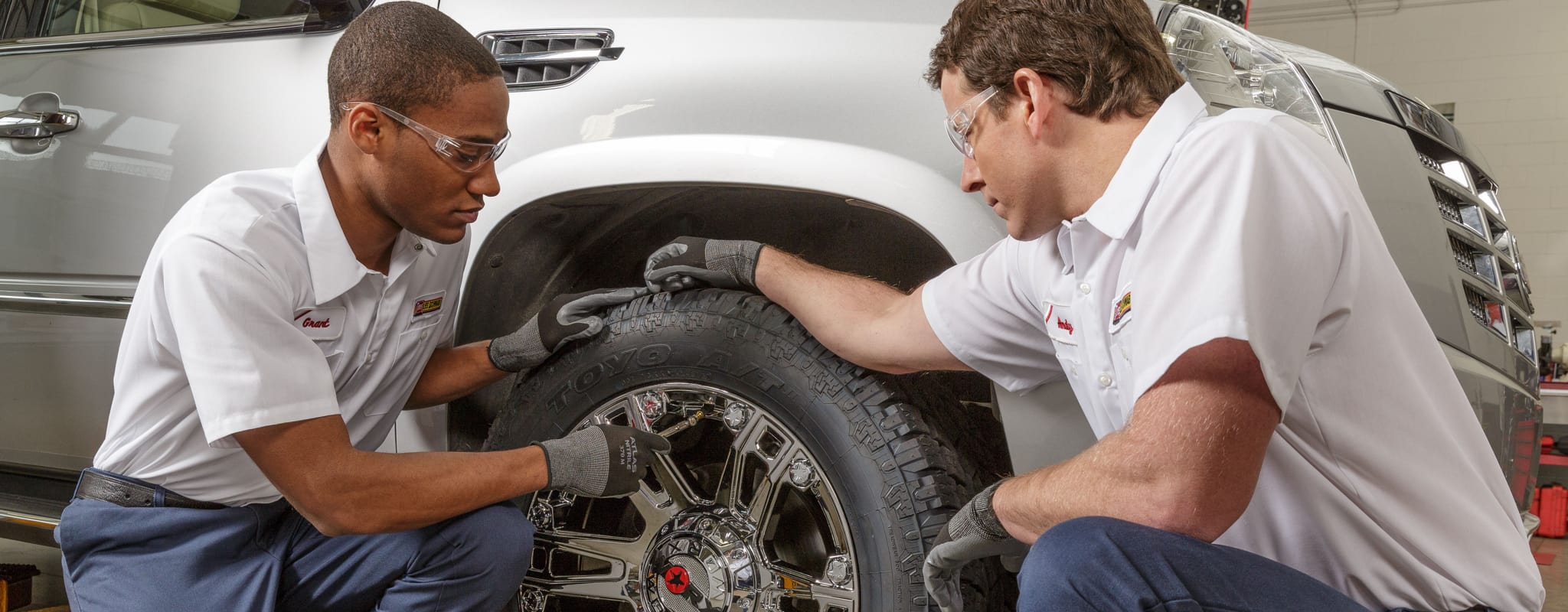Tire Service: The Influence of Climate Condition
When it involves guaranteeing ideal efficiency and safety and security when traveling, understanding the impact of climate condition on tire solution is vital. From scorching warm to icy roads, each weather aspect can dramatically affect tire performance and total driving experience. By diving into the results of differing weather on tires, vehicle drivers can acquire beneficial understandings that may boost their automobile's performance and durability. In this discussion, we will certainly explore the elaborate partnership between weather condition problems and tire service, clarifying the relevance of weather-specific tire maintenance methods and factors to consider.
Warmth and Tire Efficiency
When subjected to heats, tires experience changes in performance that can significantly impact vehicle safety and security and handling. The warmth produced from long term driving or heat conditions triggers the tire rubber to soften, causing lowered tread life and enhanced wear. As the rubber ends up being softer, the tire's hold on the road reduces, influencing braking distances and total grip. In severe situations, extreme warm can also create tire blowouts, presenting an extreme safety danger to the vehicle and its occupants.

Cold Weather Results
Winter problems can have a considerable influence on tire performance and safety and security. As temperatures drop, tire rubber can harden, causing reduced grip on icy or snow-covered roads. In winter, tires might additionally lose atmospheric pressure more quickly, which can affect taking care of and gas effectiveness. Furthermore, cool temperatures can trigger tire sidewalls to tense, boosting the threat of damage from gaps or various other roadway threats.
To mitigate the impacts of winter on tires, it is crucial to consistently check tire stress and inflate them to the producer's suggested levels. Utilizing winter or all-season tires made for winter conditions can additionally boost traction and hold on icy or snowy roads. Proper tire maintenance, including normal evaluations for wear and damages, comes to be even much more essential throughout colder months to make sure ideal efficiency and safety and security.
Rainy Conditions Impact
During rainy problems, tire efficiency and security can be significantly influenced by the damp road surface areas and reduced visibility. The tread pattern of tires plays an important duty in keeping grip on wet roads. Tires with worn-out treads are much more susceptible to hydroplaning, where a layer of water develops up in between the roadway and the tire surface area, resulting in loss of traction. To combat this, motorists ought to consistently inspect their tires for ample step deepness and think about purchasing tires particularly created for wet problems.
In addition, wet weather can likewise reduce presence, making it challenging for vehicle drivers to see the road ahead plainly (GMC Tire Service). In such conditions, it is essential to change driving speeds accordingly and preserve a risk-free adhering to distance to allow for unexpected stops. Effectively filled with air tires can also help in keeping control on damp roadways by supplying much better handling and grasp
Snow and Tire Safety
Snow-covered roadways posture distinct challenges for vehicle drivers, highlighting the relevance of appropriate tire option click to find out more and upkeep. When driving in snowy conditions, having the best tires can make a significant distinction in safety and performance. Wintertime tires are developed with unique rubber substances and tread patterns to offer better traction on snow and ice contrasted to all-season tires. The deeper treads and sipes of winter season tires assist grasp the road better, reducing the danger of sliding and moving.

It is vital to follow supplier directions when setting up and using tire chains to prevent damage to the tires and car. By choosing go to this site the appropriate tires, preserving appropriate inflation, and taking into consideration added grip help like tire chains, drivers can enhance their security when navigating snow-covered roadways.
Weather-Related Tire Maintenance
Weather-related tire upkeep encompasses a range of methods aimed at guaranteeing ideal tire function and long life in different weather condition circumstances. One vital element of weather-related tire maintenance is tire pressure regulation. Inspecting tire walk regularly and replacing tires when tread wear gets to a certain deepness is vital for preserving traction and stability in unfavorable climate.
Verdict
In conclusion, weather condition problems have a considerable effect on tire performance and security. From warmth affecting tire pressure and use to cool climate reducing traction, it is necessary to take into consideration the climate when keeping and utilizing tires.
In this conversation, we will check out the intricate relationship in between climate problems and tire solution, dropping light on the relevance of weather-specific tire maintenance methods and factors to consider.
